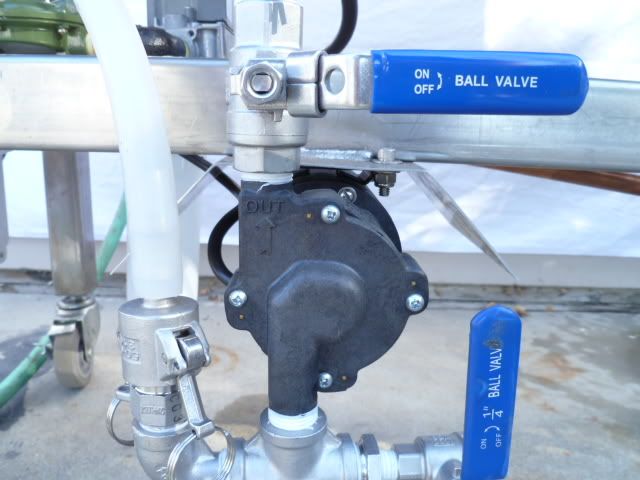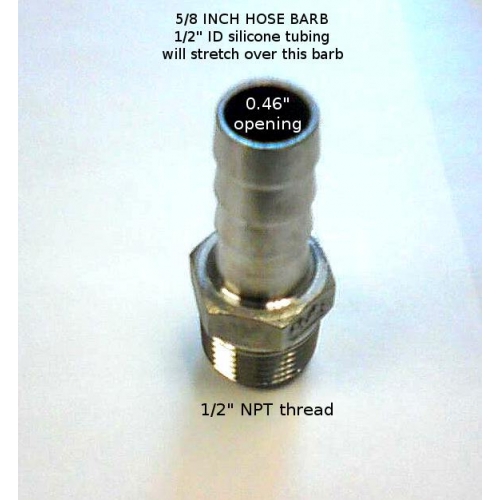SmokingDog
Well-Known Member
If you were going to build, or have built cam-lock hoses, which fitting (female vs male) would you put on the hose, and which on the pump/kettle?
Also, if the price between 304 and 316 was the same, would you opt for the 316 stainless?
Thanks.
Also, if the price between 304 and 316 was the same, would you opt for the 316 stainless?
Thanks.


 ) and loose females.
) and loose females.

